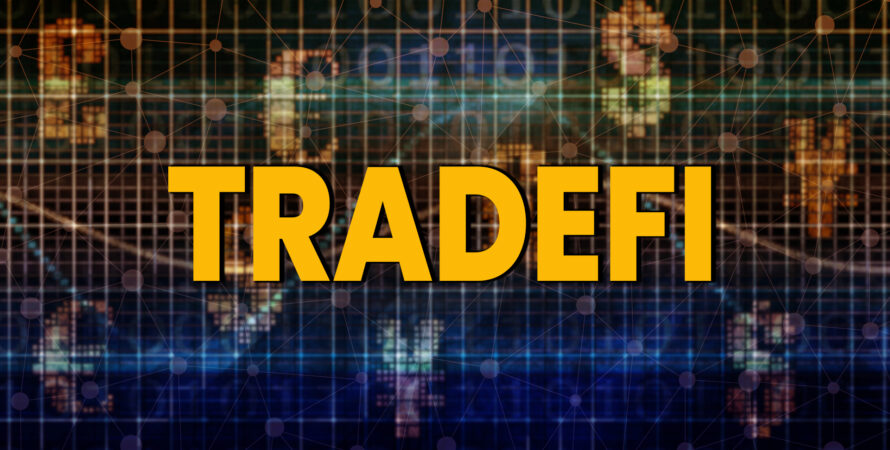- TradeFi is providing quality crypto asset solutions to revolutionize the global trade finance ecosystem.
- They enable services and products that could further facilitate easy import and export internationally.
TradeFi works as a solution for cross-border trading while providing services to leverage businesses across different regions. Emerging blockchain ecosystems have the potential to transform various industries, like trade and finance. This FinTech platform is also revolutionizing supply chain finance. With its cutting-edge computing and distributed technology, this platform provides financing products to logistic service providers and benefits cross-border trading merchants as well.
What is TradeFi?
This platform is consistently evolving while giving organizations leverage with quality crypto asset solutions and combining crypto with the real world. It’s an application that works in the fintech (financial technology) segment with AI. It aims to transform the traditional methods of trade finance. To facilitate global trade and commerce, the process requires credit letters and export insurance. Meanwhile, traditional systems have always been vulnerable to errors because they are paper-based.
This platform took advantage of decentralized technologies, artificial intelligence (AI) and the cloud to automate and optimize trade finance processes. By using these features, it helps in the development of a more transparent, efficient and secure ecosystem. These TradeFi features disrupted global trade finance worth $12 Trillion after the implementation of technologies that traditional banking systems were unable to provide.
Benefits of TradeFi
There are several benefits to TradeFi, including easier and faster trade transactions with reduced working capital needs. Low-cost automation and AI-backed improved risk management are add-on offerings for pattern insights, traceability and enhanced transparency with the help of distributed ledgers.
It offers different functionalities to provide liquidity in trade finance for small-scale institutions that are unable to access the leverage of trade finance. This technology helps in cost reduction, enhanced accuracy and expanding the scope of its offerings. This remains a crucial aspect with intense innovation in tech startups and incubating organizations that aim to become digitally transformed and become a part of the global economy.
TradeFi’s Architecture
TradeFi’s architecture, which consists of machine learning and artificial intelligence (AI), plays a crucial role in its framework. Its algorithms can analyze historical data on transactions for scam detection and identify frauds in financial infrastructure. Its AI can trace global events and risks associated with trade. Different platforms are using these automated features to optimize trade financing while enabling AI-based supply chains.
Additionally, Cloud computing provides the backbone structure needed to implement various Tradefi solutions. It provides the capability of secured access, storage and insights into massive trade data using the features of the cloud. There are many cloud-based trading finance platforms, such as Modus, that enable end-to-end trade management. Marco Polo is another example of a cloud-based platform that provides the benefits of cloud connections for financial and business organizations to be integrated with their platform.
Conclusion
Within the vast blockchain ecosystem, there are many industries that have started leveraging decentralization. Trading is not an unknown concept in this landscape. With blockchain and AI implementation, trading becomes more efficient with fewer errors. TradeFi is one of the platforms that strives to provide a one-stop shop for several trading enthusiasts. Meanwhile, it enables the functionalities required to streamline trading finance across the globe and improve the global economy.



